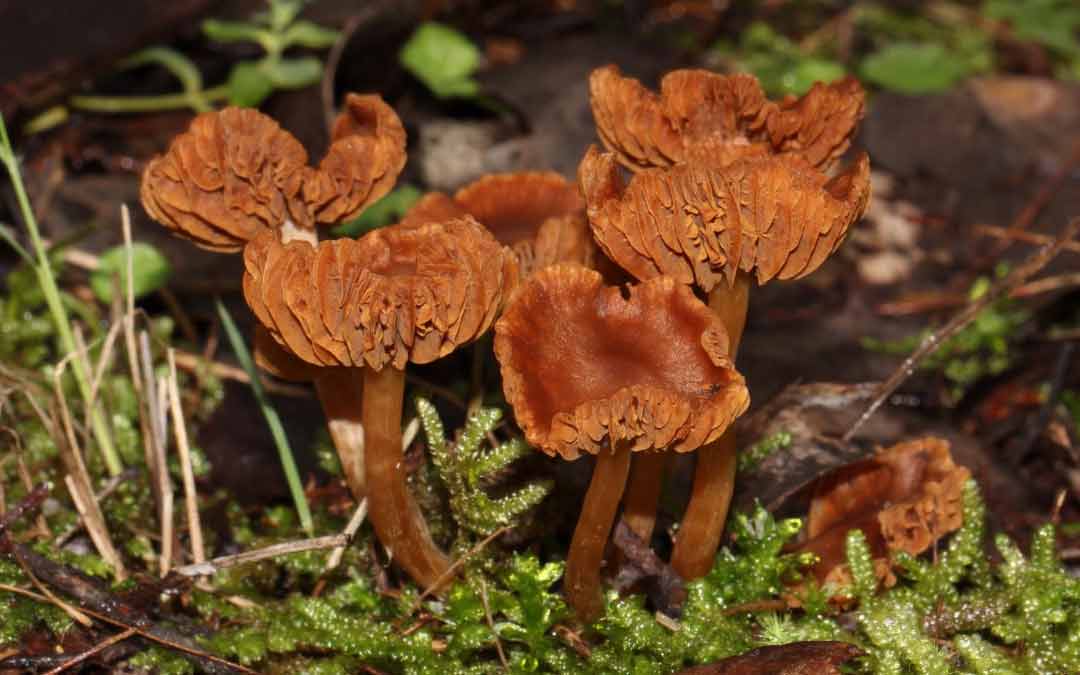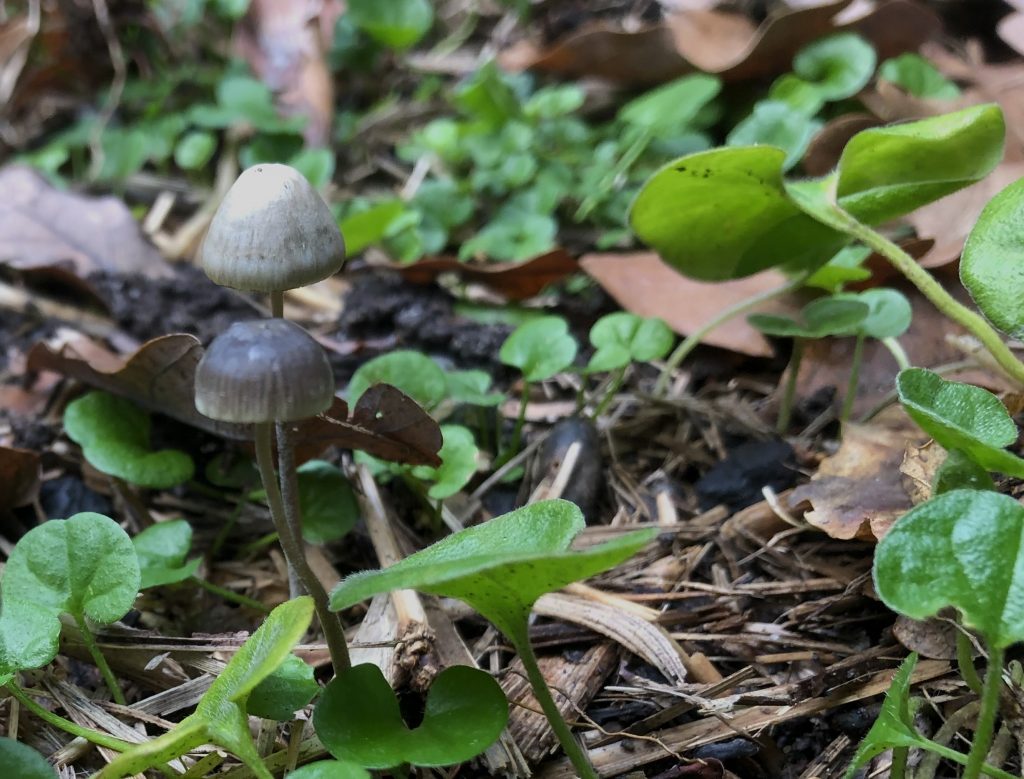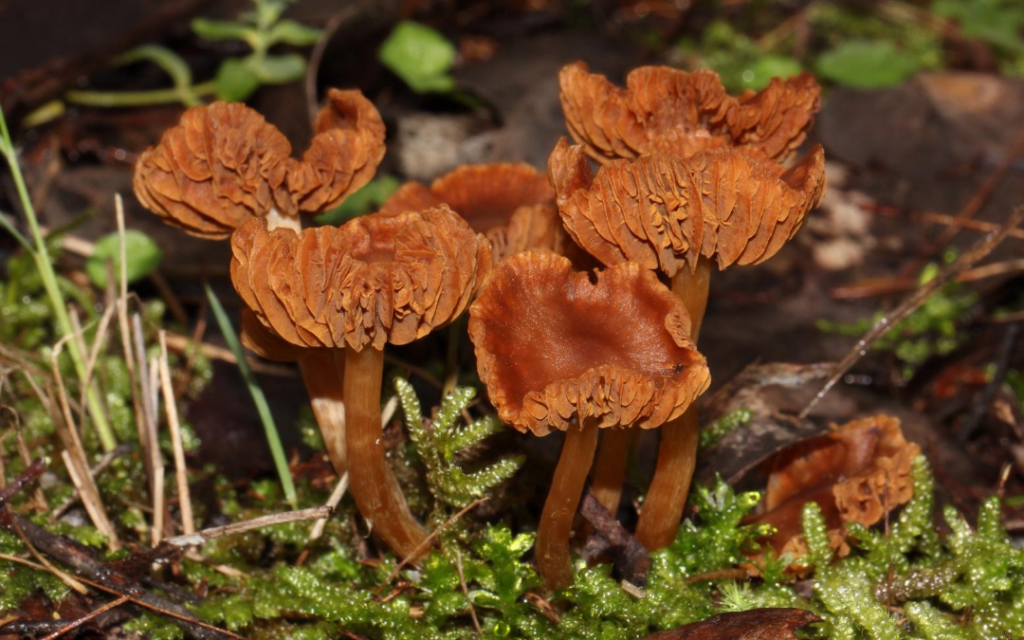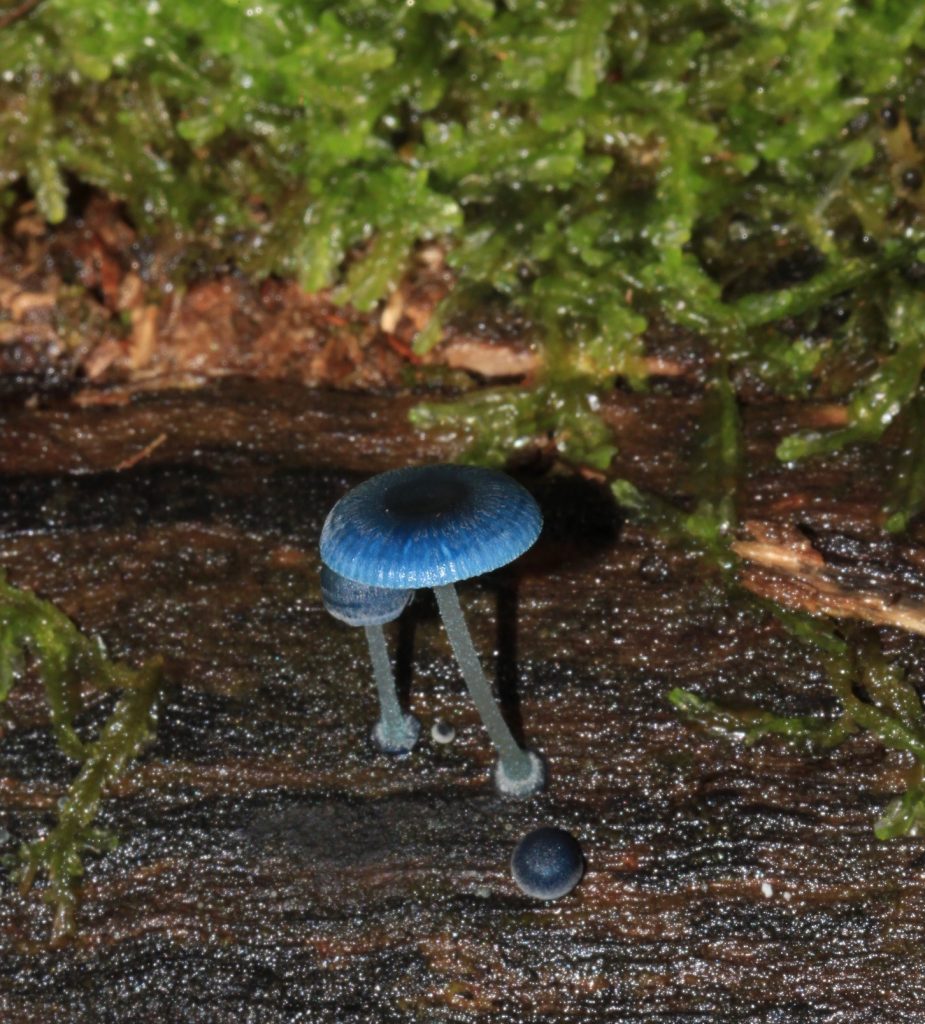Having fun with fungi

It’s estimated there are potentially 250,000 fungi species in Australia, but only 10,000 or so have been described. Fungi are crucial to our ecosystems. They provide food for wildlife, plants rely on them through symbiotic relationships and they are nature’s powerhouse composters – breaking down plant debris and other organic materials.
Types include Agarics (gilled fungi), Boletes, Corals, Cups, Earthstars, Jellies, Stinkhorns and Puffballs.
The mushroom (or other fungi) is the fruiting body of mycelium, which is the tiny cobweb-like structures you often see in soil or rotting leaf-litter. The mycelium is always there, but the fungi will only appear seasonally – usually in autumn/winter. The purpose of the mushroom is just to spread its spores to reproduce.
To identify a mushroom you need to first observe where it’s growing – is it under pine trees or eucalypts, on a grassy slope or a rotting log? Is it growing on its own, in a cluster or perhaps in a circle?
Is the cap concave or convex? Bell-shaped, flat or cylindrical? Smooth, warty, slimy or furry?
Have a look under the cap (a dentist’s mirror is very useful for doing this). Does it have gills, pores or spines? Are gills close together or far apart? Are they the same length?
Does the stalk have a little skirt around it? Straight or bulbous at the bottom? Pitted, smooth or patterned? Is there a cup or sheath at the base of the stalk?
Gently rub your finger over the cap and the gills/spores/spines. Does it change colour or extrude a latex-like liquid?
All these features can help you identify what species it is. It’s not easy though!
For more information including how to identify poisonous mushrooms, to help map Australia’s fungal species by recording what you observe or just to browse gorgeous photos of fungi check out the FungiMap project.
Written by Jen Willis
Photos by Josh Revell




